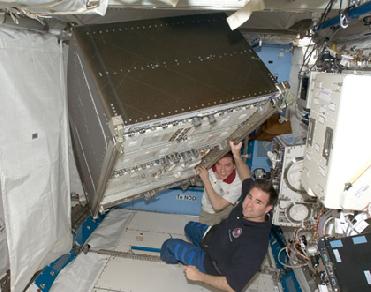
PARIS (BNS): It is the end of the road for the historic Jules Verne, the first Automated Transfer Vehicle to the International Space Station. The European unmanned cargo craft is all set to undock from the Station to move toward a controlled destructive reentry in the Earth’s atmosphere, over the Pacific Ocean.
According to NASA, the 17-crew members of the historic Jules Verne expedition made last-minute equipment transfers and final preparations in the ATV before they closed its hatches for the last time on Thursday.
Stuffed with trash and other items not needed on ISS, Verne is scheduled to undock from the AFT Port of the Zvezda service module, on Friday at 5:30 pm EDT. Jules Verne ATV will be separated under control of the ATV-CC and Russian Mission Control Centre in Moscow (MCC-M) on Friday.
After undocking, it will remain in a parking orbit until it is de-orbited to burn up in the Earth's atmosphere at the end of this month.
According to NASA, crew members conducted virus scans and routine maintenance activities on some of the International Space Station (ISS) computers. They also performed their daily exercise sessions to counteract the effects of long-term exposure to the microgravity of space.
The ATV landed at the ISS on April 3, taking along with it more than 7,500 pounds of equipment, supplies, water, fuel, and gases as well as an increased propulsion capacity.
According to the European Space Agency, it can be said that following the successful test of its anti-collision manoeuvre system, ATV demonstrated the high level performance of its precise rendezvous piloting, navigation and control. Then, after docking on April 3, the spacecraft completed all re-supply tasks and even demonstrated tasks not assigned to it. Like, it cleared debris avoidance manoeuvre for the ISS, recovering large amounts of stored condensation water from the ISS in its empty tanks and offering a new comfortable sleeping area for Space Station crew members.
Speaking on Jules Verne mission success, Hervé Côme, ESA's ATV Mission Director at ATV Control Centre (ATV-CC) in Toulouse, France, said: "Over the last 7 days, the ISS crew has spent 31 hours in their heavy schedule to carry, as planned, the remaining 900 kg (of the original 1150 kg) of dry cargo from the ATV to the Station.”
An ESA report quoted its sources saying that the three ISS crew members, Sergei Volkov, Oleg Kononenko, Greg Chamitoff have been 'flying' back and forth in microgravity through the ATV's open hatch, carrying food, clothes and equipment, as well as two original manuscripts handwritten by Jules Verne and a 19th century illustrated edition of his novel 'From the Earth to the Moon'.
The astronauts too have lent a helping hand in carrying items in the opposite direction, loading waste and excess equipment from the ISS into the racks and spaces left empty inside Jules Verne.
Russian ISS Commander Sergei Volkov inspected the deck of ATV to check on possible condensation and to measure shell temperature of the ESA spaceship. It is said that although there were no immediate concerns the measure was necessary after it was discovered that several external layers of MLI (Multi-Layer Insulation) had shifted during the launch, exposing the ATV's hull in several locations without thermal insulation. Volkov used a 'Scope meter' with a thermal probe and confirmed that the temperature was within normal margins.
Jean-François Clervoy, senior advisor and member of ESA's Astronaut Corps said that Jules Verne ATV was a very crew-friendly spaceship with minimal training workload on the crew before the flight. “Once docked to ISS, it became one of the best places for the crew to live,” Clervoy said.
The total dry cargo garbage loaded into ATV is worth 900 kg of material no longer required on the Station. To top it, 264 kg of liquid waste has also been transferred from the Station to the ATV in foldable plastic containers. Mind you this does not include the weight of accommodation hardware, such as racks and bags that store dry cargo and liquid waste.
On September 29, the ATV main engines will use the remaining fuel in two separate de-orbit boosts to terminate the three-week solo flight of Jules Verne. They will de-orbit the 13.5-tonne spacecraft on a steep flight path, performing a controlled destructive re-entry high above a completely uninhabited area of the Pacific Ocean.
This event is being planned for the night to allow observation from the two aircraft containing a collection of ESA and NASA scientific experiments allowing optical imaging and spectrometric observations. In addition, the ISS crew might be able to observe ATV re-entry with the Russian ultraviolet and spectrometric instrument, called FIALKA.
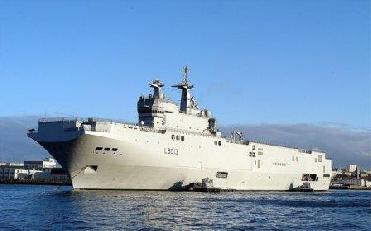
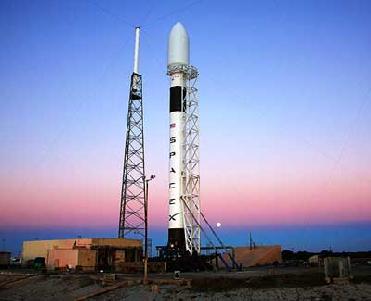
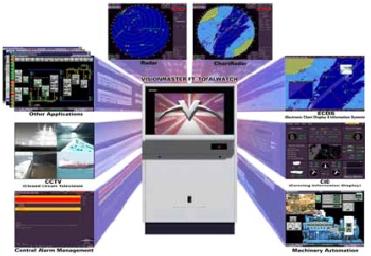
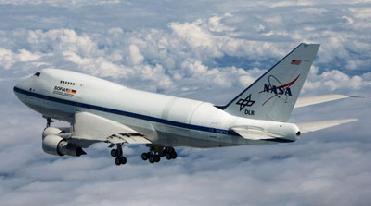










The Indian Air Force, in its flight trials evaluation report submitted before the Defence Ministry l..
view articleAn insight into the Medium Multi-Role Combat Aircraft competition...
view articleSky enthusiasts can now spot the International Space Station (ISS) commanded by Indian-American astr..
view article